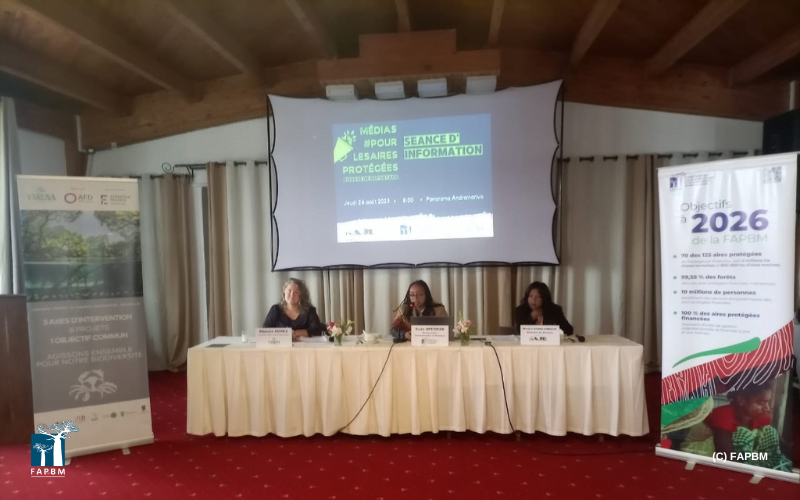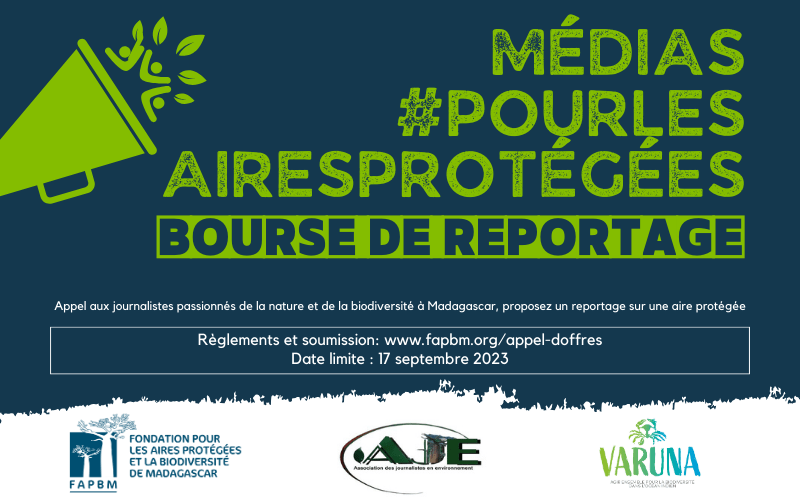The natural forests of Madagascar, including moist evergreen, dry, and spiny forests, are primarily preserved within terrestrial protected areas. These areas, managed by conservation experts such as Madagascar National Parks and national and international NGOs, face the dual challenge of preserving and restoring natural forest ecosystems in close collaboration with local communities. Preserving forests from fire to fight deforestation Fire is the main form of pressure and is subject to dedicated management systems within each protected area. Fires in protected areas may have multiple origins: natural, intentional, or resulting from uncontrolled proliferation. Protected areas that encompass dry forests, dry thickets, and sclerophyllous forests are particularly prone to fires. Rainforests are also affected by fires during the dry seasons for the purpose of slash-and-burn agriculture. Experiences of protected area managers show that physical securing of protected areas, effective presence, and community mobilization are crucial for an effective fire management system. In …
Protecting the forests of Madagascar through protected areas
















